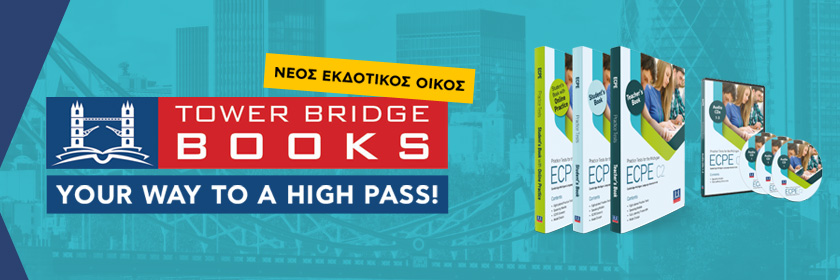In order to have a clear understanding of the beauty of Stevenson’s work, students must first see the irony of the genre and setting. McMillian’s case plays out in Monroeville, Alabama, the hometown of famed author Harper Lee. Her novel To Kill a Mockingbird was set in the fictional town of Maycomb, which was modelled after Monroeville.
The two books were written in different time periods more than 65 years apart, but Stevenson’s nonfiction work draws a perfect parallel to Lee’s novel, which tells the story of Atticus Finch’s defence of a Black man falsely accused of raping a White woman. Stevenson’s argument is clear: America has yet to learn from the ills of our past. Students understood Stevenson’s parallel well, but there was one part that gave my students considerable pause: Atticus’ comment during his closing argument that “we are not all created equally.”
This moment was when my students’ learning became personal, and they realized that inequity extends beyond race: It’s academic ability; it’s athletic stamina; it’s even financial security. After seeing my students begin to understand what it means to be treated differently, I am even more steadfast in how I choose to establish a classroom environment that is a safe space for all. Knowing we are not all created equally, my mission as an educator is to create a space where students know that we are all different, but they will all be challenged equally to achieve their personal best. In my class, students compete on a playing field that is as smooth as I can possibly make it. In order to create a space of equality, I build every school year on the following foundation.
LEARNING ENVIRONMENT
Students have a right to grow in a space where they feel protected and encouraged. Learning happens through thoughtful inquiry, so in order to do this well, I must create a space where students know how to properly question and feel comfortable doing so. I model and explain clear classroom expectations: how we treat one another and the space in which we work; how we work effectively in groups; how we respond to someone when we disagree.
Without these first steps, it is difficult to have purposeful discussions during small group activities, Socratic seminars, or philosophical chairs. By the first quarter, students are responsible for our space and their learning, realizing that their voice matters and we must learn from one another and not simply the teacher.
INSTRUCTION
Students have a right to know what they will learn and why what they learn matters. Although our class is rooted in the dialectical discussion, I start every class clearly stating what students will learn and how they will learn the material. To encourage thoughtful connections, every unit begins with open-ended essential questions so that students will consider why what we are doing matters.
Although my instruction is rooted in standards, skills, and classical education, it is my duty to make learning relevant. Students understand why rhetoric is important to them and how they can use it to enhance their future and ultimately reach their goals. It is my duty to meet them where they are and take them to a level that makes reading and writing mean something to them. Students leave my class knowing why literature and writing matters, while being equipped with the knowledge to defend and share their ideas appropriately.
REFLECTION AND ACTION
Students and teachers have a right to practice reflection and action in order to equip ourselves with tools to learn from our history and our literature. Each year, my first action is to deliberately assess curriculum and lesson plans, making sure to include a variety of voices, while keeping administrators informed on any edits to the curriculum. As I integrate new material with careful consideration for student needs, I work to defy what writer Chimamanda Ngozi Adichie calls the “danger of a single story.” Our curriculum is the starting space where we discuss, seek to understand and consider ways to eliminate systematic issues that inhibit individual growth in order for action.
This does not happen intrinsically; lesson plans must be crafted with this clear goal in mind. I strive to create lessons with a clear outcome or thesis, and I use material or evidence to assist students in seeing these clear connections. While creating lessons, I scrutinize the material, anticipating areas where there will be contention or discomfort for my students, determining the best method to continue our work as a class. All potential pitfalls, regardless of how seemingly insignificant, are considered, and I project what my students will need as they process such heavy topics and realizations about the world in which we live.
Education is a right, not a privilege. Every student has the right to a rigorous curriculum that will challenge them to achieve their personal best. The learning environment must be a place in which it is safe for them to falter and even fail without embarrassment and where they are encouraged to try again. My classroom is not an easy space. Students will be challenged; I will be challenged. There will be amazing days; there will be some not so amazing days. But together we end the course with a shared understanding of why the struggle mattered, why they are worth more and should expect more from their education and in turn their world.
As a result, without fail, I find myself understanding why this profession is what I am called to do. My goal as an educator is not only to shed light on the inequalities in our world but also to empower my students to see how successful we all can be when we attempt to alleviate these inequalities. We may not all be born with the same abilities, but it is everyone’s job to move toward justice. By experiencing just mercy in the classroom, students realize that equity is possible and worth the work.
By Ayanna King








